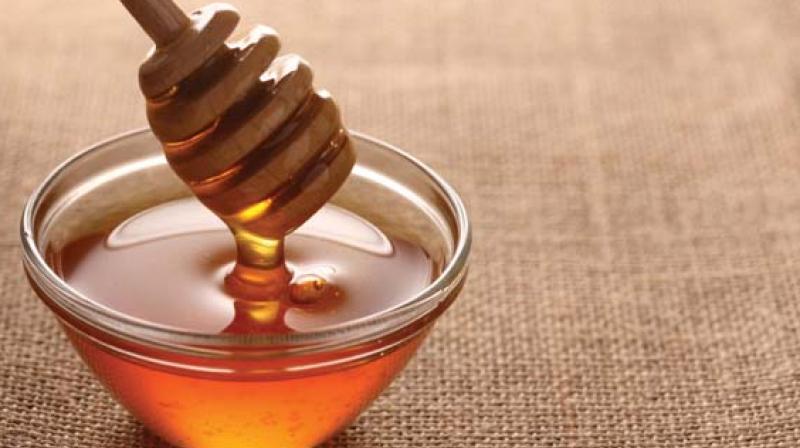Honey, it will get healthier soon
Honey is the oldest food additive known to man and retain its qualities for centuries.;

Bengaluru: With honey becoming the favoured sweetening agent for an increasingly health conscious middle class, the country’s food standards czar has prescribed stringent standards for honey producers and marketers. Twenty one parameters have been prescribed as standards for marketed honey, as well as definition and categorisation.
With health blogs and food marketers hyping honey as a super food, there is great demand for the product in the market, and producers have mushroomed. The producers tend to make souped up claims about the quality of their honey.
Honey is the oldest food additive known to man and retain its qualities for centuries.
But unlike other food products, the qualitative standards for honey were not stringent in India. Earlier, honey gathering tribes living in forests such as Jenu Kurubas were the primary producers of honey, but now pharma companies, NGOs, cooperatives and even multinationals have discovered the commercial potential of the sweetener.
The Food Safety and Standards Authority of India has amended the Food safety and Standards (Food Products Standards and Food Additives) Regulations, 2011, to tighten the standards.
“Honey shall be the natural sweet substance produced by honey bees from the nectar of blossoms or from secretions of plants, which honey bees collect, transform and store in honey combs for ripening. It shall possess pleasant aroma, sweet flavour and taste characteristic of honey,” the rules state.
The rules also stated that it should be free from organic and inorganic matter including visible mould, insects and insect debris, fragments of bees, brood, pieces of bees wax, grains of sand and any other extraneous matter.
And that is not all. Twenty one parameters are laid down as qualitative standards. They include minimum specific gravity at 27° C, minimum moisture percentage by mass, maximum total reducing sugars, percentage by mass, minimum : maximum sucrose percentage by mass; ratio of fructose to glucose; formic acid percentage; hydroxy methyl furfural; pollen count: foreign oligosachcharides, electrical conductivity etc.
Honey is divided into two types: carvia callosa, derived from flower of Carvia callosa plant, which is described as thixotrophic and is gel like extremely viscous when standing still and turns into liquid when agitated or stirred; and "Honeydew honey" which comes mainly from excretions of plant sucking insects of Order Hemiptera on the living parts of plants or secretions of living parts of plants.
So, the next time you grab that jar of honey from a rack at the super market, check out the label on the bottle for the parameters. Could be a useful exercise!.

